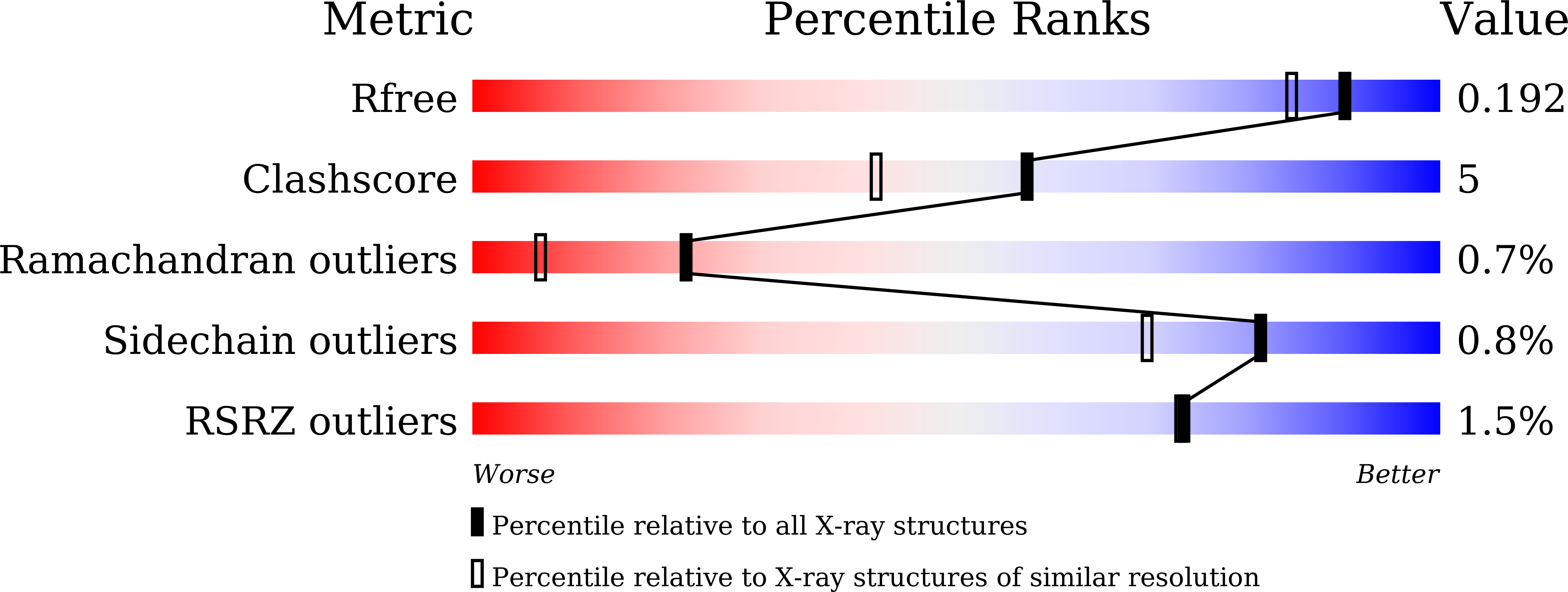
Deposition Date
2022-05-31
Release Date
2023-04-12
Last Version Date
2023-11-29
Entry Detail
PDB ID:
7XXV
Keywords:
Title:
Macaca fascicularis galectin-10/Charcot-Leyden crystal protein with lactose
Biological Source:
Source Organism:
Macaca fascicularis (Taxon ID: 9541)
Host Organism:
Method Details:
Experimental Method:
Resolution:
1.60 Å
R-Value Free:
0.19
R-Value Work:
0.17
R-Value Observed:
0.17
Space Group:
P 65 2 2


